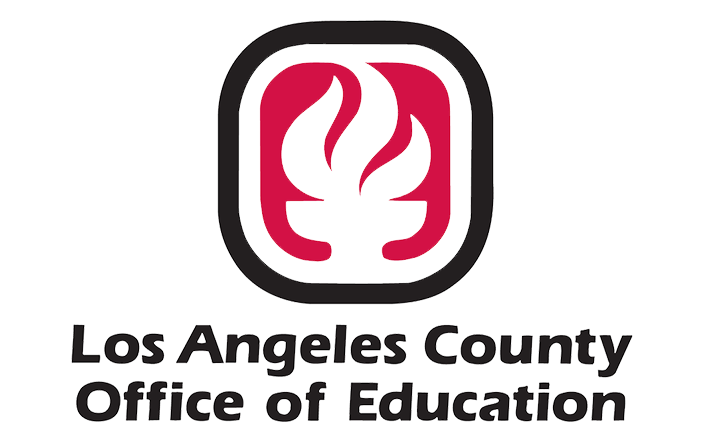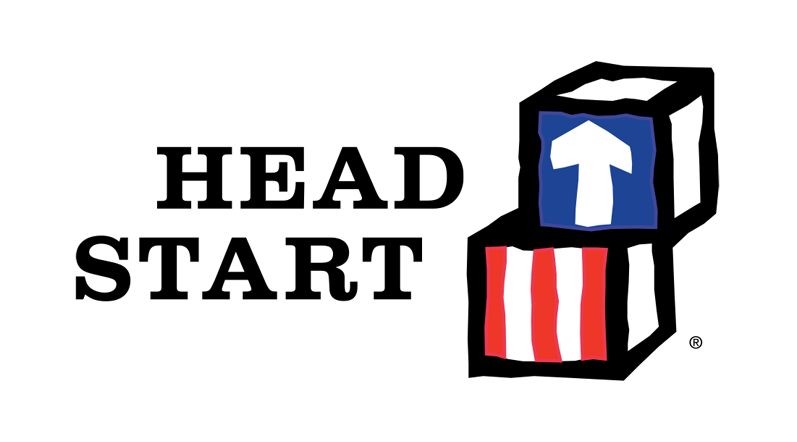Head lice is a common community problem causing at least six to 12 million infestations a year, primarily within children 3 to 11 years of age. Head lice are not dangerous and do not transmit disease, but are spread easily and difficult to get rid of. Head lice are most commonly spread through head-to-head contact: for example, during play at home or school, slumber parties, sports activities, or at camp.
Consider the following:
- People with good and poor hygiene may get infected.
- Head lice can’t jump or fly. They crawl.
- Head lice is treatable.
When lice are detected or suspected, it is important to check all household members and anyone that has had close contact for possible infestation and to reduce the chances of re-infestation.
Common signs of head lice are:
- A tickling feeling on the scalp or in the hair
- Itching
- Irritability and difficulty sleeping
- Sores on the head
- Visual lice in the hair, on the scalp, behind the ears, or near the neckline
There are several ways to treat lice, including over-the-counter and prescription treatments.
If you have additional questions regarding head lice, please speak to your Head Start/Early Head Start Health or Family Services Team.
Information has been adapted from the National Association of School Nurses, “Head Lice 101” https://www.nasn.org/ToolsResources/HeadLicePediculosisCapitis/LiceLessons.



